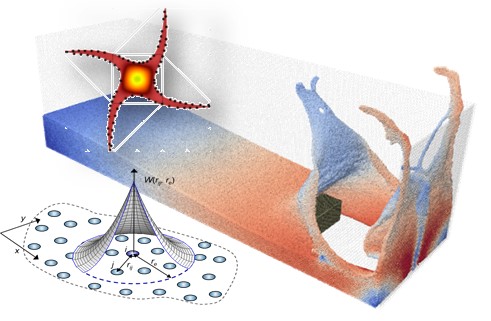What we do?
We develop computational tools, methods, and algorithms and
improve their reliability, efficiency, and flexibility to study
complex problems in hydosystems (rivers, lakes, estuaries,
hydraulic structure, etc.). Our special focus is on multi-physics
hydro-environmental flows, where water interacts with air,
sediments, ice, and many other natural and artificial substances.
Besides, we work on the extreme flow conditions that occur e.g.
during floods, tsunamis, storm surges, and debris avalanches. The
overall goal of our works is to further our understanding of such
complex flow systems through a combination of mathematical
modelling, theoretical analysis, and experimental/ field
measurements. Ultimately, such understanding will help mitigate
the impact of water-related hazards on human lives and
infrastructure, optimize engineering designs, and protect aquatic
environments in the years to come.
Research domains
-
Environmental Hydraulics
-
Computational Fluid Mechanics and hydraulics
-
Multiphase Flows
-
Granular flow and sediment dynamics
-
Fluvial and Coastal Mechanics
-
Cold-region hydraulics


